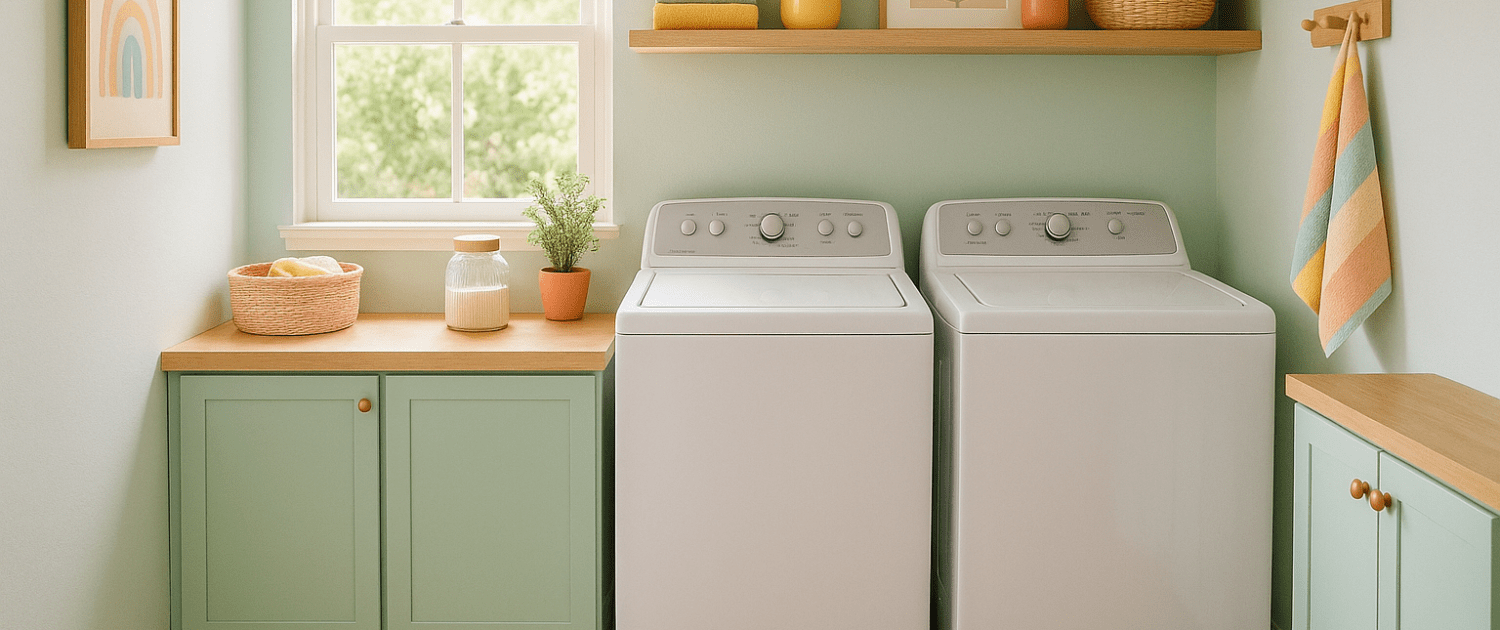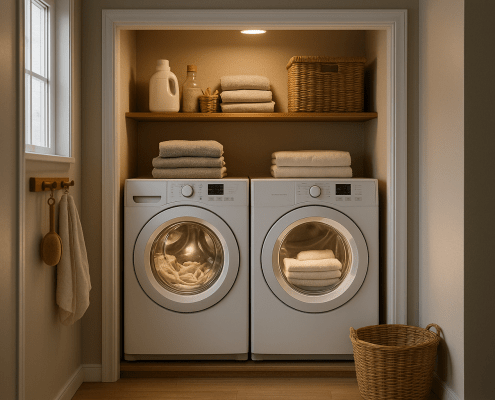Diagnose and Repair Your GE Top Load Washer’s Drain Pump in Minutes
Steven E / Tuesday September 16, 2025
Looking for the right part? Enter your appliance model number below to find the exact match and get your appliance running like new again!
If your GE top-load washer isn’t draining, makes strange noises, or leaves your clothes soaking wet, the issue often comes down to the drain pump. The good news is that this repair is completely doable at home. With a few tools, a little time, and the right part, you can get your washer back in action without waiting for service or spending extra money. Whether this is your first appliance repair or you’ve tackled DIY projects, you’re in the right place.
Why the Drain Pump Matters
The drain pump is the hardworking part that removes water from your washer’s tub during the drain and spin cycles. When it isn’t functioning, water sits in the tub and prevents clothes from spinning out properly.
Common signs of a failing pump include:
- Strange noises such as rattling, grinding, or humming
- The tub remaining full of water after the cycle ends
- Clothes still soaking wet at the end of the spin cycle
- Repeated interruptions or stoppages during draining
Since these symptoms can also appear when there’s a clog or a control issue, testing is key before replacing the pump.
Why Drain Pumps Fail
Understanding why pumps fail can help you prevent future breakdowns:
- Blockages: Small objects or lint jams the impeller, causing the motor to overheat.
- General wear: Over years of use, pump motors naturally wear down.
- Electrical stress: Surges or faulty wiring can shorten motor life.
- Heavy loads: Frequently overloading the washer increases strain on the pump.
Being mindful of what goes into your washer and avoiding constant heavy loads will help extend the life of your new pump.
Tools You’ll Need
Before starting, make sure you have the following on hand:
- 1/4-inch nut driver
- 3/8-inch nut driver
- Multimeter
- Putty knife
- Pliers
Safety First
Always disconnect your washer from power by unplugging it or shutting off the breaker before working on it. The only time power is connected is when you test live voltage with a multimeter. If you’re not comfortable with live testing, you can still complete the repair, just skip that step and continue on.
Step 1: Test the Main Control Board
Sometimes the pump doesn’t get power because the main control board isn’t sending it. Testing confirms whether the issue is electrical or mechanical.
- Access the console: Use the 1/4-inch nut driver to remove the screw holding the console at the back, then tilt it forward.
- Find the wires: Locate the red wire with a black stripe and the solid black wire on the 10-pin connector.
- Set your multimeter: Plug the washer back in and set the meter to AC volts (V with a squiggly line).
- Run drain and spin mode: Turn the washer to the drain and spin cycle.
- Check for voltage: Place one probe on the red/black wire and the other on the black wire.
You should see about 120 volts AC.
- If no voltage shows, the control board is not sending power and is likely faulty.
- If voltage is present, the board is working correctly, and the drain pump itself should be tested.
Step 2: Inspect for Clogs
Clogs are a common cause of drainage problems, and checking for them is quick.
- Remove the front panel: Unplug the washer. Insert the putty knife about 3–4 inches from each corner to release the tabs. Rotate the panel forward and lift it off.
- Drain standing water: If your drain hose exits from the bottom of the frame, lower it into a bucket below the tub level and let the water flow out.
- Detach the hoses: Use pliers to release the clamps and disconnect the hoses from the pump. Have towels ready to catch any remaining water.
- Check for obstructions: Look for lint, coins, or small clothing items inside the hoses or pump housing. Remove anything you find.
If you clear a clog and the washer drains normally afterward, the repair is done. If everything looks clear, move on to replacing the pump.
Step 3: Replace the Drain Pump
If testing and inspection confirm the pump has failed, replacing it is the next step.
- Remove the pump: With the hoses disconnected, use the 3/8-inch nut driver to remove the screws securing the pump to the washer frame.
- Take out the old pump: Lift it free once the screws are removed.
- Install the new pump: Position the replacement pump and secure it with the same 3/8-inch screws.
- Reconnect the hoses: Slide the hoses back onto the fittings and secure them with their clamps.
- Reassemble the washer: Place the front panel onto the bottom hooks, rotate it into place, and snap it closed. Tilt the console back into position and reattach the screw.
Step 4: Test the Repair
Now it’s time to confirm the repair.
- Plug the washer back in.
- Run a drain and spin cycle with the tub empty.
- Watch for proper water flow out of the hose and listen for smooth pump operation.
If the pump runs quietly and drains all water, the washer is back in working order.
Tips for a Smooth DIY Repair
- Take photos along the way: This helps you remember exactly where hoses and screws go when reassembling.
- Check hoses for wear: While everything is apart, inspect hoses for cracks or leaks and replace them if needed.
- Keep the area dry: Have a bucket and towels nearby to catch any water when disconnecting hoses.
- Use your model number: Always match your replacement part to your washer’s model number to ensure compatibility.
Where To Find Us
If you need any replacement parts for your appliances, you can enter your model number at AppliancePartsPros.com to locate and order them quickly. Most orders arrive in just two business days, and we have tons of great information in our repair help section and YouTube videos to help you troubleshoot.
Stay connected with the latest DIY tips, tutorial videos, and repair guides by following us on Facebook, Instagram, and Twitter. We love hearing about your repair stories and successes. If you need more help or want personalized guidance, feel free to contact or call us at 877-477-7278. We’re ready to help you take on your next project with confidence!
Since 1999, AppliancePartsPros.com has helped millions of people repair their broken appliances by providing high-quality original parts at well below retail prices, free support and troubleshooting, and award-winning customer service from an expert, friendly, US-based customer support team!
With nearly a decade of experience in providing top-notch customer service regarding appliance parts and repair, Steven enjoys sharing practical advice, troubleshooting tips, and interesting information to help readers stay informed.






Leave a Reply
Want to join the discussion?Feel free to contribute!